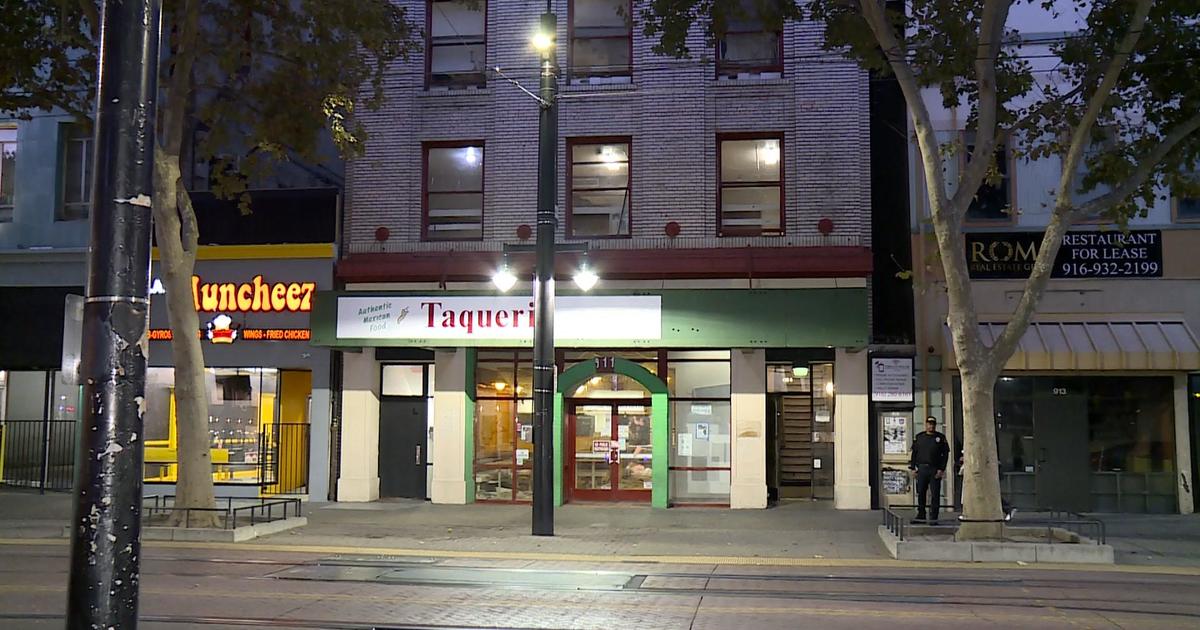Sacramento affordable housing project comes with a high price tag
Sacramento affordable housing project comes with a high price tag CBS News


Downtown Sacramento Affordable Housing Project

A Downtown Sacramento affordable housing project is planned to transform a historic building on K Street, at an eye-popping price. The project will cost $50 million for fewer than 100 rooms. For comparison, the remodel costs are set to run more than triple the highest-priced home sold in Sacramento last month.
The Problem Property
The 100-year-old Sequoia Hotel is the problem property getting an expensive transformation. Mayor Darrell Steinberg voted to approve the plan to help battle Sacramento’s homeless problem. The building will include mental health services. The city’s portion of the $50 million price tag is $3 Million.
Sustainable Development Goals (SDGs)
- Goal 1: No Poverty
- Goal 3: Good Health and Well-being
- Goal 11: Sustainable Cities and Communities
The Cost Issue
“Number one, we desperately need more affordable housing,” Steinberg said. “The expense of building affordable housing and permanent supportive housing is too high and we do have a model that needs to be changed and reformed.”
The cost to rebuild the Sequoia Hotel will run $2,800 per square foot. Last month, the highest-priced Sacramento home cost $842 a square foot, and the average Sacramento home went for $337 a square foot.
Defense of the Remodel
Councilmember Katie Valenzuela is defending the Sequoia remodel, mostly paid with state funds. “There’s different colors of money, and this money is highly regulated by HUD and the state to be used for this purpose and that regulation requires more cost,” Valenzuela said.
Developer’s Perspective
Sacramento developer John Vignocchi says the big price tag is a big problem. “It’s a flawed methodology,” Vignocchi said. “Have you ever looked for financing that would cover something like that?” CBS13’s Steve Large asked. “No,” Vignocci replied, “because nobody in the private market would ever finance something like this. The only agency that would ever finance something like this is a government agency because they’re other people spending other people’s money.”
Efficiency Concerns
When it’s complete, a single, one-room unit will cost more than $500,000 to build. “It’s grossly inefficient,” Vignocchi said.
Timeline
Construction is set to begin next month. The 89 rooms are expected to be complete by the end of 2025.
More from CBS News
SDGs, Targets, and Indicators Analysis
1. Which SDGs are addressed or connected to the issues highlighted in the article?
- SDG 1: No Poverty – The article discusses the need for affordable housing to address homelessness in Sacramento.
- SDG 3: Good Health and Well-being – The affordable housing project in the article includes mental health services.
- SDG 11: Sustainable Cities and Communities – The article highlights the transformation of a historic building in downtown Sacramento for affordable housing.
2. What specific targets under those SDGs can be identified based on the article’s content?
- Target 1.1: By 2030, eradicate extreme poverty for all people everywhere – The affordable housing project aims to provide housing for individuals experiencing homelessness, addressing poverty.
- Target 3.4: By 2030, reduce by one-third premature mortality from non-communicable diseases through prevention and treatment and promote mental health and well-being – The inclusion of mental health services in the affordable housing project aims to improve well-being and address mental health issues.
- Target 11.1: By 2030, ensure access for all to adequate, safe and affordable housing and basic services and upgrade slums – The project aims to provide affordable housing in a historic building, improving access to housing in the city.
3. Are there any indicators mentioned or implied in the article that can be used to measure progress towards the identified targets?
- Indicator for Target 1.1: Percentage of population living below the national poverty line – The article mentions the need for more affordable housing to address poverty and homelessness.
- Indicator for Target 3.4: Mortality rate attributed to mental disorders – The inclusion of mental health services in the affordable housing project aims to improve mental well-being and potentially reduce mortality rates related to mental disorders.
- Indicator for Target 11.1: Proportion of urban population living in slums, informal settlements, or inadequate housing – The transformation of a historic building into affordable housing aims to improve access to adequate and safe housing in the city.
SDGs, Targets, and Indicators Table
| SDGs | Targets | Indicators |
|---|---|---|
| SDG 1: No Poverty | Target 1.1: By 2030, eradicate extreme poverty for all people everywhere | Percentage of population living below the national poverty line |
| SDG 3: Good Health and Well-being | Target 3.4: By 2030, reduce by one-third premature mortality from non-communicable diseases through prevention and treatment and promote mental health and well-being | Mortality rate attributed to mental disorders |
| SDG 11: Sustainable Cities and Communities | Target 11.1: By 2030, ensure access for all to adequate, safe and affordable housing and basic services and upgrade slums | Proportion of urban population living in slums, informal settlements, or inadequate housing |
Behold! This splendid article springs forth from the wellspring of knowledge, shaped by a wondrous proprietary AI technology that delved into a vast ocean of data, illuminating the path towards the Sustainable Development Goals. Remember that all rights are reserved by SDG Investors LLC, empowering us to champion progress together.
Source: cbsnews.com

Join us, as fellow seekers of change, on a transformative journey at https://sdgtalks.ai/welcome, where you can become a member and actively contribute to shaping a brighter future.







